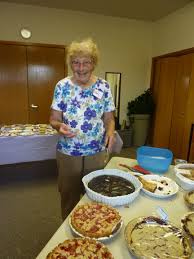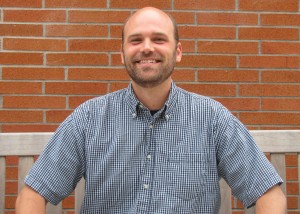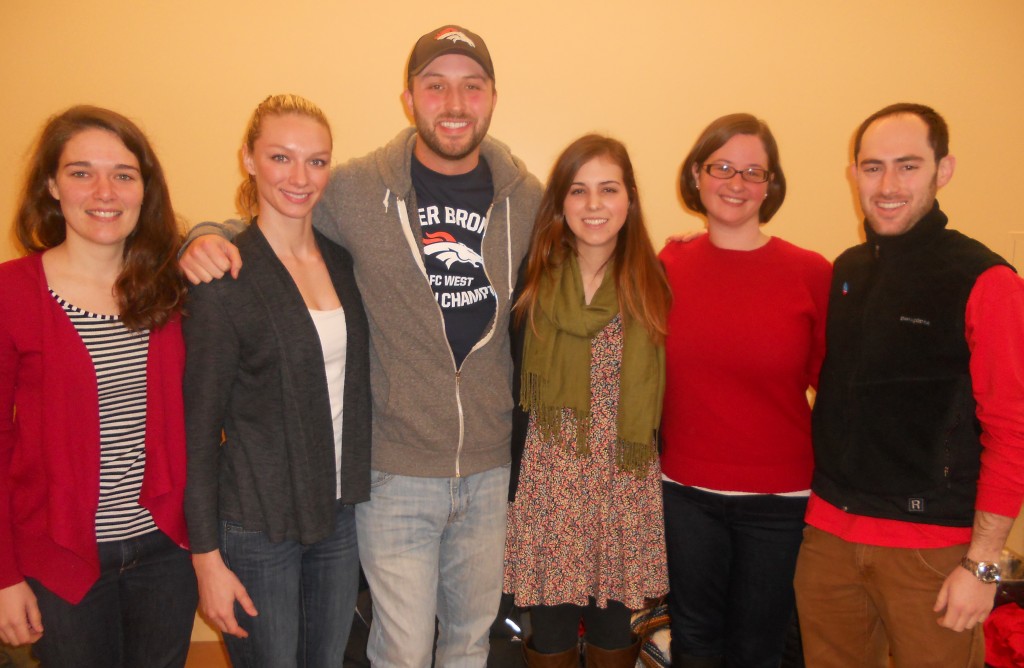Life in RARE: Oh the places you’ll go!
Howdy Neighbor
 One of my favorite things about life in the RARE AmeriCorps Program – Resource Assistance for Rural Environments is not just living and working in my community, this is generally true for most of us, but RARE allows you to engage your community in ways that I feel you would not otherwise be able to. In a sense, it gives one a platform, and here in St. Helens we are taking advantage of our platform.
One of my favorite things about life in the RARE AmeriCorps Program – Resource Assistance for Rural Environments is not just living and working in my community, this is generally true for most of us, but RARE allows you to engage your community in ways that I feel you would not otherwise be able to. In a sense, it gives one a platform, and here in St. Helens we are taking advantage of our platform.
A Little Confidence
We have a great thing going in St. Helens. Life is good, we live next door to the Columbia River, have ample recreational opportunities, a major city right down the highway, and some great independent minded and creative people. However, the shadow of Portland looms large in our part of Columbia County and it’s sometimes hard for residents to see all the local character. With a little push from the right people, us local AmeriCorps representatives (3 RAREs and a VISTA) started a YouTube Channel called ‘We Are St. Helens.’
 Smile for the Camera
Smile for the Camera
‘We Are St. Helens’ looks at all parts of the community and celebrates them; our community’s history, businesses, environment, and hearts. We’ve made two videos so far that focus on St. Helens’ big heart, the local group called Community Meals and the nonprofit SAFE. These two organizations provide a service to the community that can’t always be quantified but should always be applauded. Local businesses are getting the spotlight as well with a video on Alterations by Heather, a local alteration shop that promotes its employee’s hand crafted wares.
What’s Next?
We hope that these videos can inspire local residents, help them to appreciate all the great things around them, and eventually for them to connect and participate with their community. ‘We Are St. Helens’ will soon post its 6th video about the city’s lone distillery, Ye ‘Ole Grog Distillery, so be on the lookout!
 About the Author: Blake received his Bachelor of Arts in Philosophy from the University of Texas at Austin and a Post-Baccalaureate Certificate in GIS from Penn State University. Blake has worked with Lane Council of Governments, Willamalane Parks and Recreation, and the Army Corps of Engineers on an array of GIS related projects. Blake applied to the RARE AmeriCorps Program in hopes of further developing a skill set that will allow him to find work in his most desired career field – planning and community development. Blake placed with the Port of St. Helens, where he is utilizing his GIS experience to develop a more sophisticated map of Port properties for marketing and development efforts. He is also assisting with the complex permitting process needed for further development of the Port Marina; assisting with compiling various grants; and, helping address an increasing need to develop more robust Emergency Management Plans.
About the Author: Blake received his Bachelor of Arts in Philosophy from the University of Texas at Austin and a Post-Baccalaureate Certificate in GIS from Penn State University. Blake has worked with Lane Council of Governments, Willamalane Parks and Recreation, and the Army Corps of Engineers on an array of GIS related projects. Blake applied to the RARE AmeriCorps Program in hopes of further developing a skill set that will allow him to find work in his most desired career field – planning and community development. Blake placed with the Port of St. Helens, where he is utilizing his GIS experience to develop a more sophisticated map of Port properties for marketing and development efforts. He is also assisting with the complex permitting process needed for further development of the Port Marina; assisting with compiling various grants; and, helping address an increasing need to develop more robust Emergency Management Plans.

